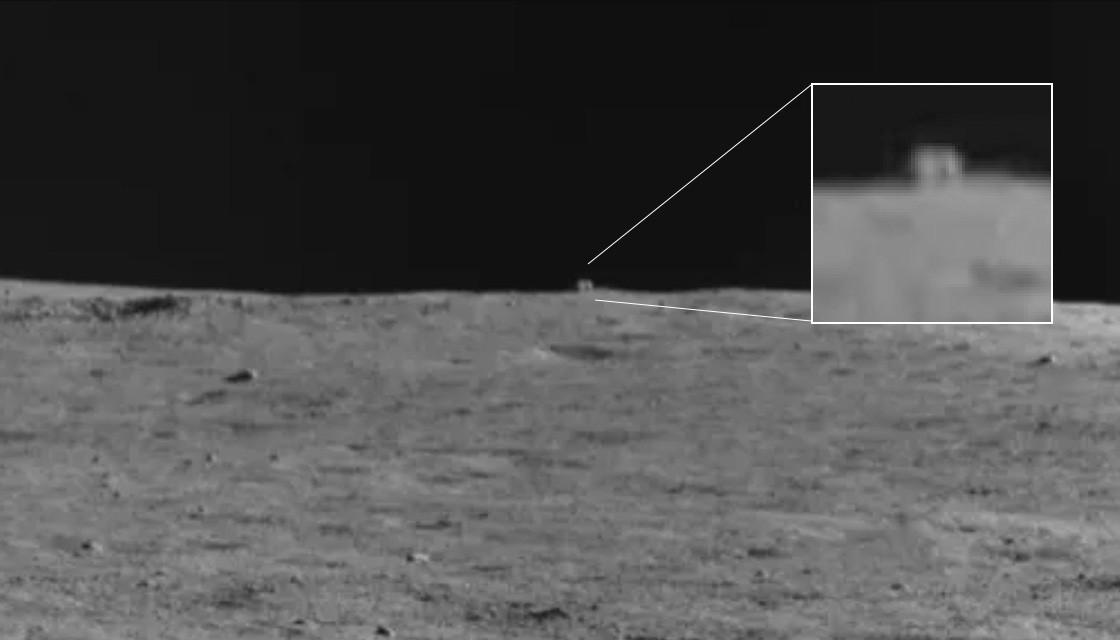
In November China's Yutu 2 lunar rover photographed an object on the far side of the moon that was quickly dubbed a 'mystery house'.
According to journalist Andrew Jones, who reports on China's space programme, the cube-shaped image was around 80m away from the rover in an area known as the Von Kármán crater.
"Referred to as "神秘小屋" ("mystery house"), the next 2-3 lunar days will be spent getting closer to check it out," he wrote on Twitter at the time.
However there have been no updates from Yutu 2 since and now website Space.com is saying it will likely take months for the rover to get to it.
Yutu 2 has a top speed of 200m/ph, but the reality of the lunar surface means it moves much slower, covering less than a kilometre of the Von Kármán crater since it touched down in January 2019.
One of the reasons for that is that it can't operate most of the time, with lunar nights on the far side of the moon lasting over two Earth weeks. It also can't operate for 24 hours after sunrise or before sunset.
It also has to stay still during the mid-part of the lunar day, with temperatures on the surface reaching up to 127C due to the lack of atmosphere.
Phil Stooke, a professor emeritus and adjunct research professor at the University of Western Ontario, told the website the complexity of planning a route to the object also meant there was less time for actual driving.
As well as the craters in the way, Yutu 2 has scientific experimentation equipment on board too and has to stop regularly to take readings.
"After a drive, the rover takes images for a full stereoscopic panorama, and the team on the ground make a topographic map showing obstacles and slopes all around," Stooke told the website.
"They analyse the map and choose a path for the next drive. This limits them to a maximum of about 8 to 10 metres per drive, and it all takes time."
Stooke also said it's likely the object is very small.
"It is hard to be sure about any feature in these images being the 'hut,' which makes me think it is small, only about 1m across, and only looks special because it's right on the horizon."
At the time Jones said it's highly unlikely the cube was extra-terrestrial in origin, saying large boulders are sometimes excavated by impacts.
"So yeah, it's not an obelisk or aliens, but certainly something to check out, and hard to discern much from the image," he said.


